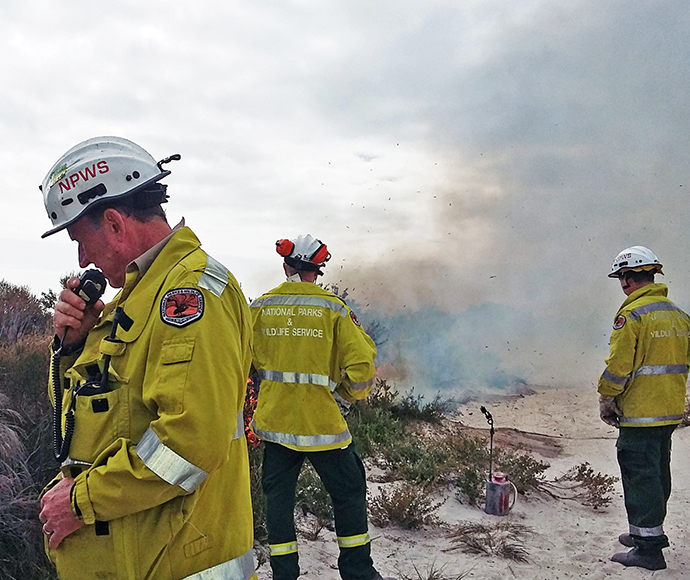Hazard reduction burn in Bouddi National Park
The National Parks and Wildlife Service (NPWS) is planning a hazard reduction burn in Bouddi National Park, west of Wagstaffe, tomorrow Thursday 25 May.
The 9.8-hectare, low intensity burn is being implemented Thursday to take advantage of suitable weather conditions.
The purpose of the burn is to reduce fuel loads in the park to protect private properties in Albert St and Bulkara St, and to assist with the control of unplanned wildfires in the national park.
The burn will also help to protect habitat for Eastern osprey and benefit the Pittwater and Wagstaffe Spotted Gum Forest, an endangered ecological community found in Bouddi National Park.
The burn is due to begin at approximately 10 am, with crews patrolling the fire ground throughout the day. Motorists are advised to be aware of potential smoke hazards on surrounding roads and drive to conditions.
All tracks and trails on the Wagstaffe peninsula will be closed during the burning operations, including the informal Half Tide Rocks walking trail. Signage will be in place.
Smoke may be visible in the National Park and from surrounding residential areas. People with asthma or those who are susceptible to respiratory problems are advised to keep clear of the area or stay indoors.
Hazard reduction burns are essential to reduce bushfire fuel loads to help protect parks, neighbours and communities from future bushfires.
This burn is one of many hazard reduction operations undertaken by NPWS each year, many with assistance from the Rural Fire Service and Fire and Rescue NSW.
All burns around the state are coordinated with the NSW Rural Fire Service to ensure the impact on the community is assessed at a regional level.
People with known health conditions can sign up to receive air quality reports, forecasts and alerts via email or SMS from the Department of Planning and Environment.
For health information relating to smoke from bush fires and hazard reduction burning, visit the NSW Health website or Asthma Australia.
More information on hazard reduction activities is available at NSW Rural Fire Service and the NSW Government Hazards Near Me website and app.
